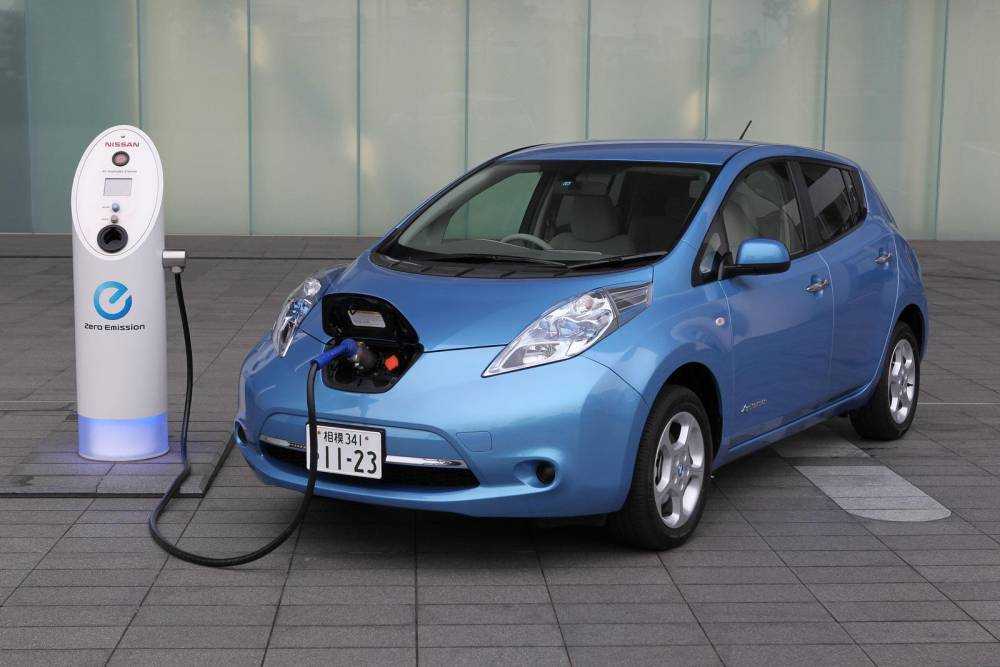BY: MALAIKA BRYCE
Electric cars have been around since the 1890’s, but it took until 2008 for the electric car to gain any sort of momentum on a worldwide scale, however many are now calling the 21st century the era of the electric car revolution. As of September 2016, over one million pure electric vehicles were sold worldwide with the Nissan Leaf and Tesla leading the way. Today there are over thirty different models of pure electric vehicles available on the market and here is why you should seriously consider taking a test drive and plug it in.
Electric cars are now very affordable: The Smart Fortwo Electric Drive Coupe is under $27,000 while the all new Nissan Leaf is listed at $32,000. The Volkswagen e-Golf sells for a few hundred dollars less depending on the package you opt for. While the Chevy Volt, Ford Focus Drive and the Mitsubishi i-MiEV are other excellent options that will cost you just under $35,000. Even the luxury Tesla Model S now sells for just over $50,000. Many of these models also qualify for the Ontario rebate and tax credit to the tune of $14,000 worth of savings.
Never buy gas again: No more gas stations mean thousand of dollars in savings so you can buy the giant size giraffe statue you have always wanted. According to the U.S. Environmental Protection Agency, an average all-electric car requires $3.74 worth of electricity to travel 100 miles. A comparable conventional car costs $13.36. Now keeping in mind these are American statistics it’s still quite safe to say that the savings are undeniable. To help cut electricity costs even more many savvy customers are leveraging solar panels. Although solar systems are far from cheap (average price will run you anywhere from $2,000 – $7,000 per unit plus installation). If you act fast you can take advantage of the variety of grants, tax breaks and subsidies now available on most home solar systems aimed at helping the families make the transition to clean energy. Image powering both your home and car at 50% of the cost.
Maintenance costs are ridiculously low: Traditional gas powered cars have way more moving parts compared to electric cars. Which means a lot less things can go wrong in an electric car dramatically reducing your visit to the mechanic. That’s right folks there is no engine, no spark plugs, no transmission, no fuel tank, no muffler, no clutch – No worries. The biggest maintenance issue in electric cars is replacing the battery. However, most 2017 models now come with an 8 to 10 year battery warranty so you can sleep easy.
Do it for the environment: Electric cars are emission free. They produce no carbon dioxide or carbon monoxide or the long list of other poisonous gases we can barely pronounce but can certainly see and smell coming from gas powered vehicles. We know car emissions are a huge problem – you can be a part of the solution while making a better future for the next generation. Like Trick Daddy says, “You gotta loves the kids”
Electric cars are super quiet: With the absence of a engine electric cars are virtually silent and with no combustion engine noise you can now hear the kids screaming in the back seat with more ease than ever before.
Now you may be asking with all these great benefits why doesn’t everyone already own an electric car? Well there are some drawbacks. Namely the battery recharge times. You can recharge the battery by 50% in roughly thirty minutes at a charge station but at home it will take an average of eight hours if you are using the standard home system. So, if you have forgotten to plug in your car at the end of the night you may need to catch the bus to work the next morning. For many people an 8-hour charge time requires planning ahead and a major life change when compared to the 3-4 minutes it usually take to fill up at the pump. The other major consideration is the distance you are traveling between charging stations. All electric cars have a limit on range. On average, you can expect to get 160 km on a fully charged battery but that will depend on weather conditions and how you drive and for folks with longer commutes that may be a huge concern.
So, is an electric car for you? Well only you can answer that, but my thought are it won’t be long before all vehicles will be electric and self driving, it’s just the way of the future. So, plug in now or plug in later it’s up to you but in the end your resistance is futile. (Insert Evil laugh)

